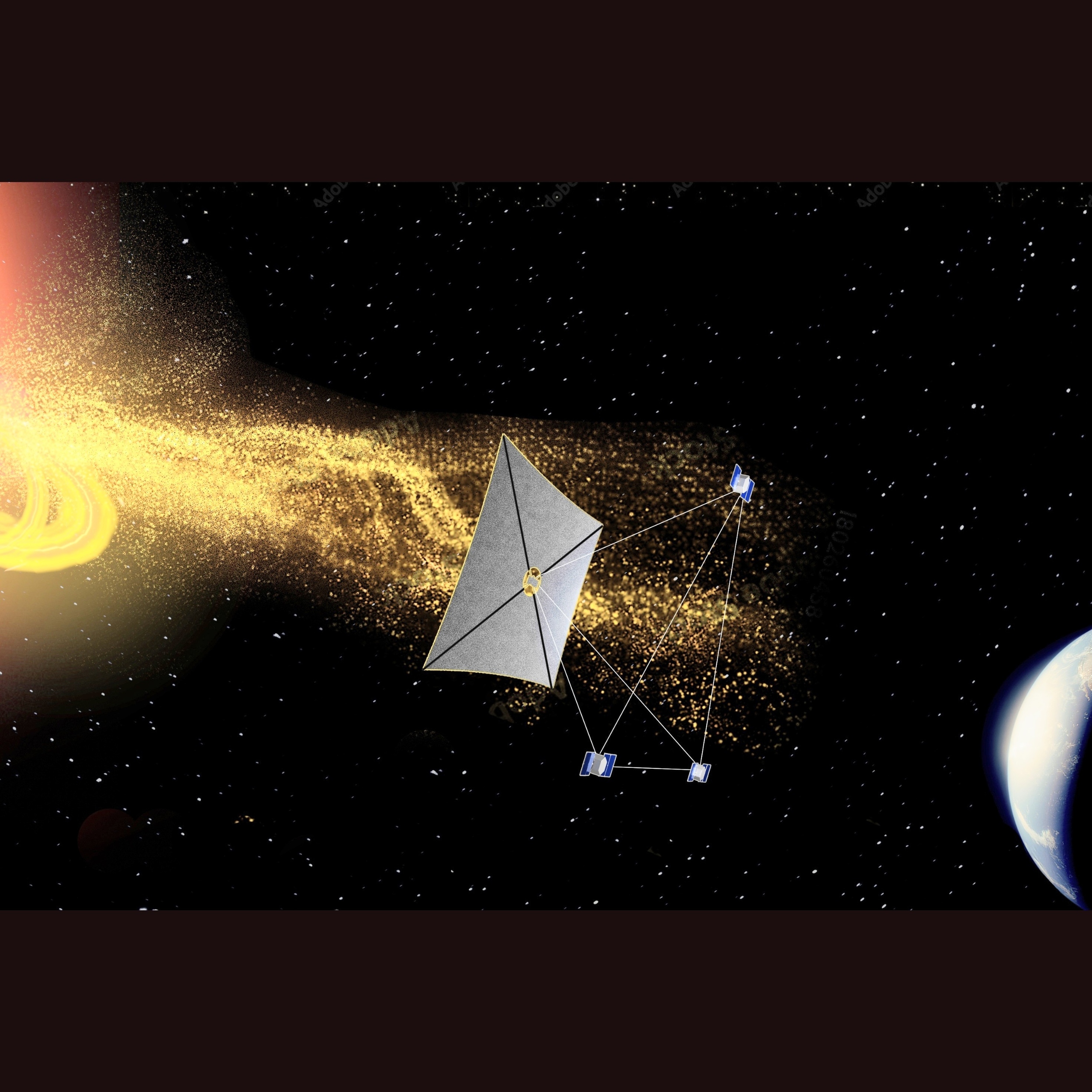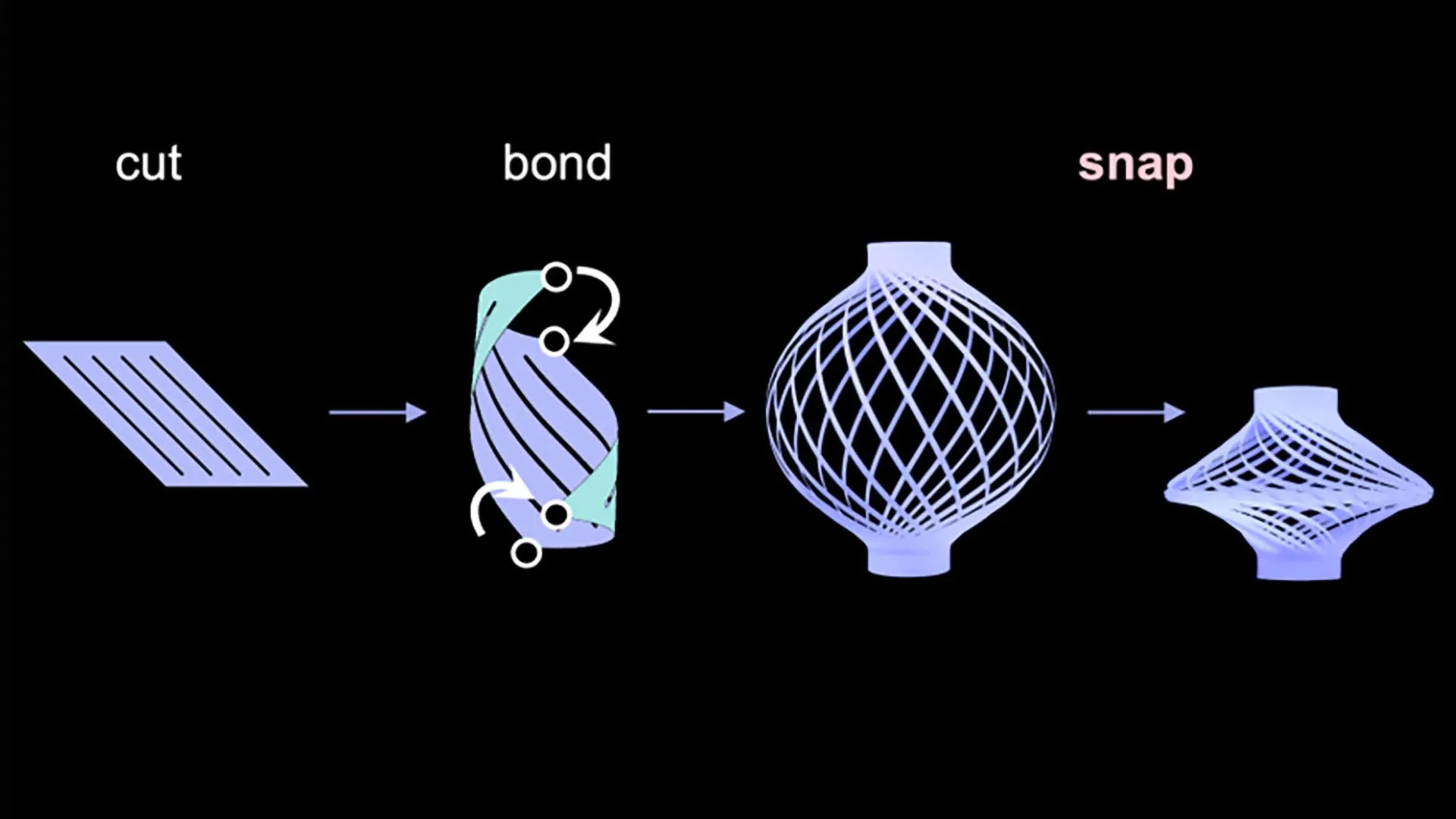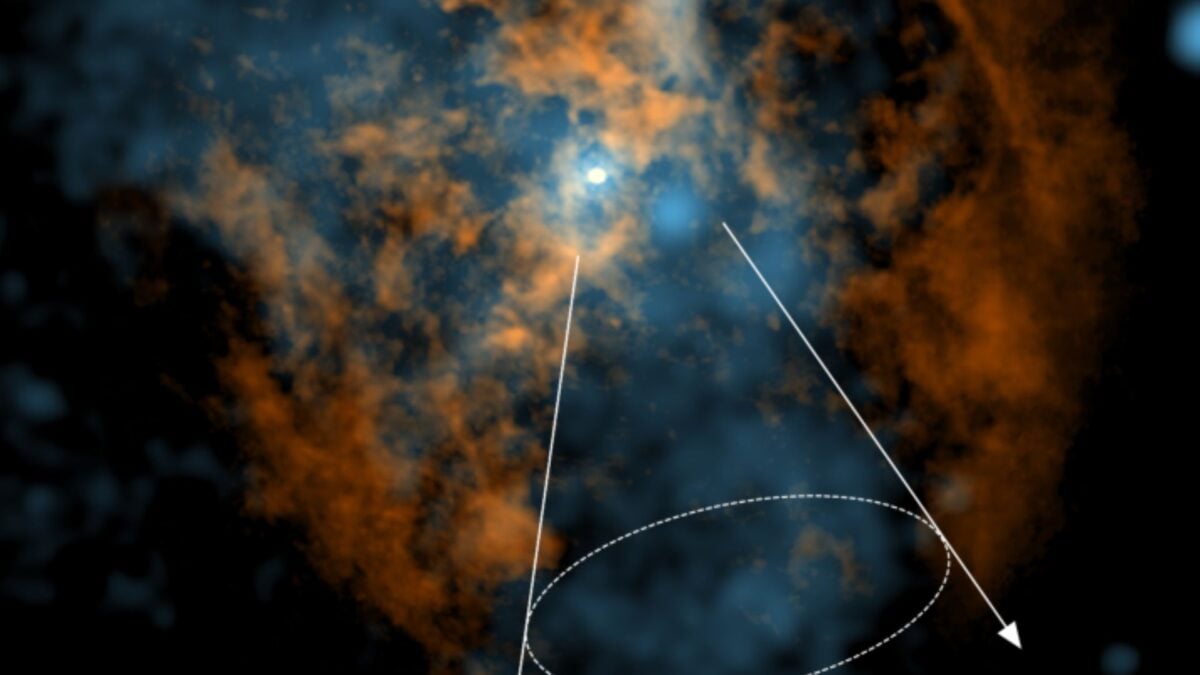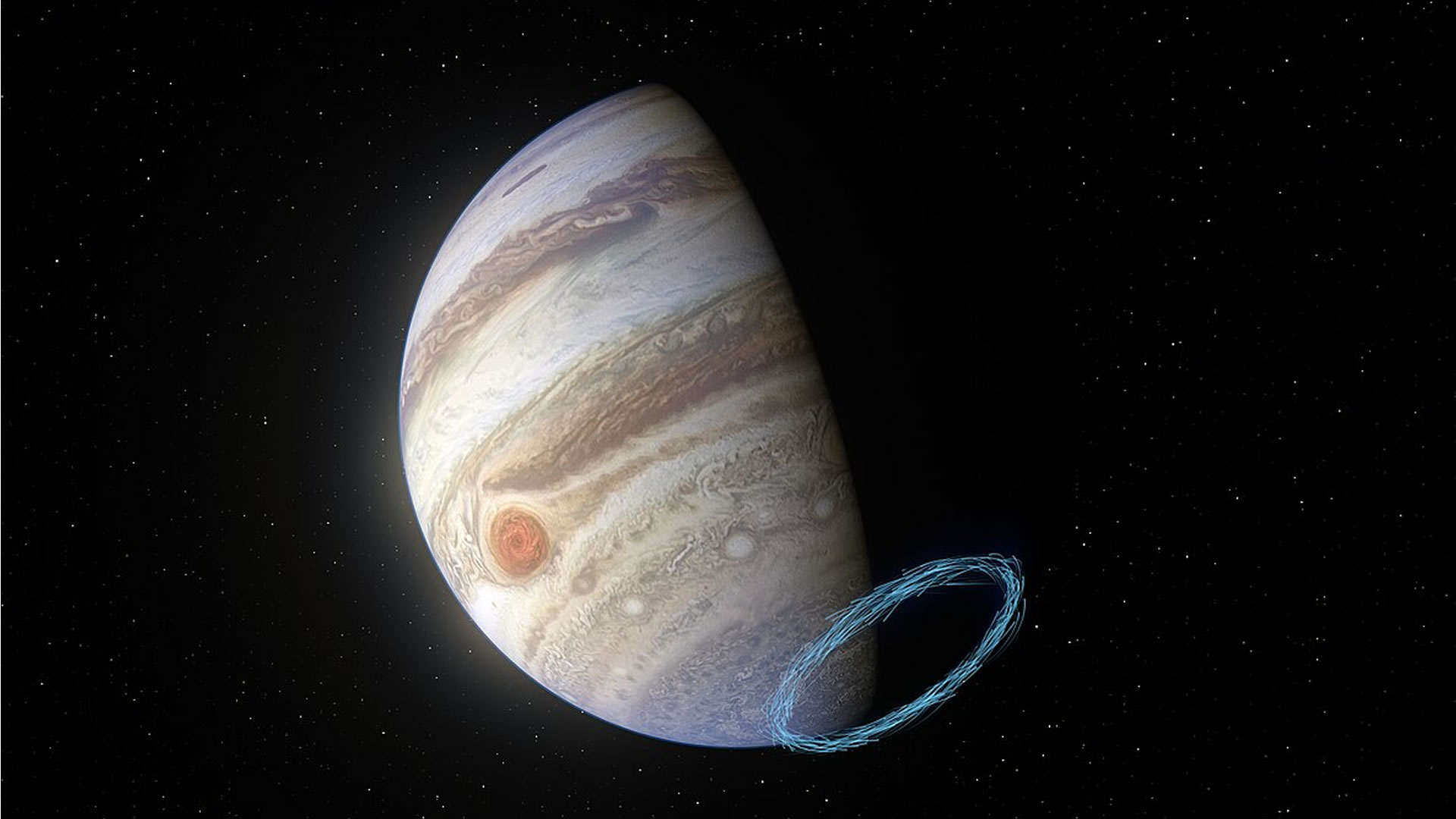We’ve known for a time that massive solar eruptions can cause real problems on Earth. They mess with satellites, shut down power grids, and even knock farm equipment offline.
But now, researchers have found something new. There are also…

We’ve known for a time that massive solar eruptions can cause real problems on Earth. They mess with satellites, shut down power grids, and even knock farm equipment offline.
But now, researchers have found something new. There are also…

Researchers have developed a polymer structure shaped like a “Chinese lantern” that can quickly change into more than a dozen curved, three-dimensional forms when it is compressed or twisted. This transformation can be triggered and controlled…

Researchers have developed a polymer structure shaped like a “Chinese lantern” that can quickly change into more than a dozen curved, three-dimensional forms when it is compressed or twisted. This transformation can be triggered and controlled…

Welcome back to the Abstract! These are the studies this week that lived long, played hard, crashed out, and topped it off with a glass of claret.
First off, it’s Naked Mole-Rat Week! Or at least it should be, given that there are…

Every large galaxy harbors a supermassive black hole at its center, each one emitting powerful winds of hot gas from its event horizon. Our galaxy should be no exception. Yet for the last 50 or so years, astronomers have been searching…
This request seems a bit unusual, so we need to confirm that you’re human. Please press and hold the button until it turns completely green. Thank you for your cooperation!

In a recent development for…

SpaceX plans to launch the 11th test flight of its Starship megarocket on Monday evening (Oct. 13), and we’ve got the information you need to tune in live.
The Starship Flight 11 test is scheduled to launch from SpaceX’s Starbase site in South…
A rare marine species has just been discovered, which could pinpoint a very interesting time in history for the Jurassic period.
Found on the UK’s Jurassic Coast, this new and rare species of ichthyosaur was revealed in a study published just…

Researchers from the Netherlands Research School of Astronomy have created a new model that, they believe, explains the extreme jet streams seen on large planets like Jupiter and Saturn.
All four of the giant planets (Jupiter, Saturn,…